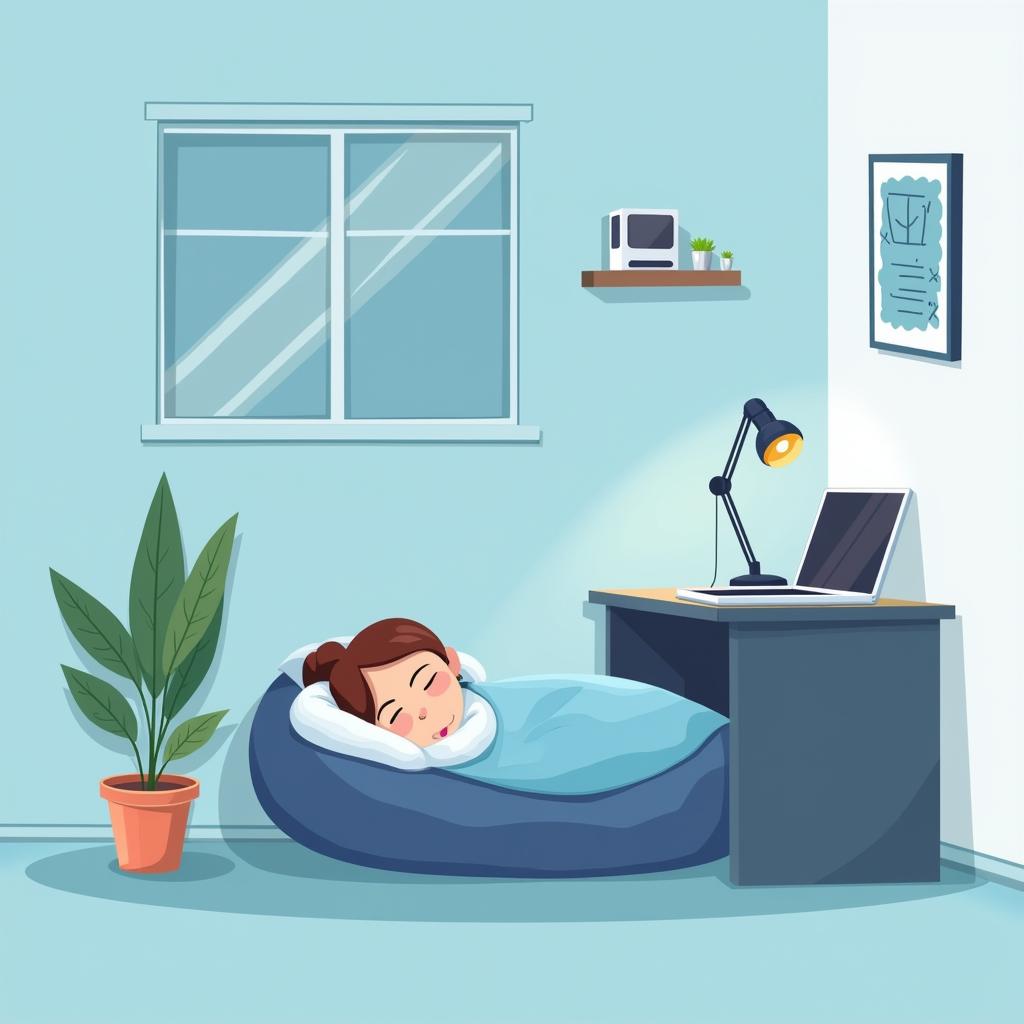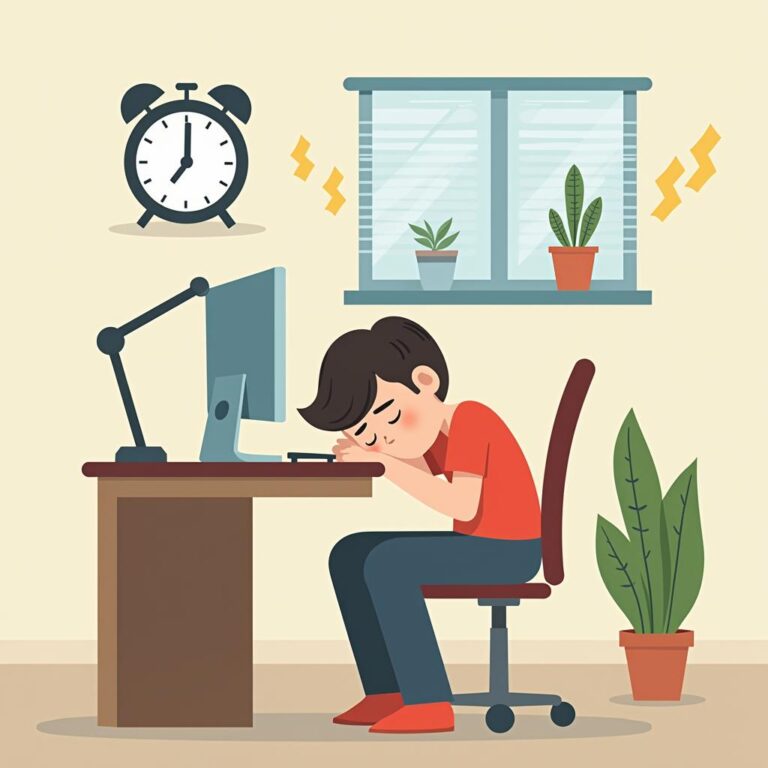In today’s fast-paced work environment, the notion of a quick power nap is becoming increasingly accepted. Research has shown that a short nap can significantly boost productivity, creativity, and overall job satisfaction. However, not all workplaces are designed with napping in mind. If you are seeking to find the perfect nap space at work, this guide will provide you with practical tips and insights to create an optimal nap environment.
Understanding the Benefits of Napping at Work
Before diving into how to find or create the perfect nap space at work, it’s essential to understand the benefits of napping. Sleep experts suggest that even a brief nap can enhance cognitive function, improve mood, and increase alertness. Here are some specific benefits of napping:
- Improved Concentration: A short nap can help clear your mind, making it easier to focus on tasks.
- Enhanced Memory: Napping has been linked to better retention of information, which is crucial for productivity.
- Stress Reduction: A quick nap can serve as an effective way to lower stress levels, leading to a more enjoyable work experience.
- Boosted Creativity: Resting the mind can lead to a surge in creative ideas and problem-solving skills.
Identifying Potential Nap Spaces
Not every work environment has a designated nap area, but there are likely spaces within your office that can serve as a temporary nap site. Here’s how to identify them:
1. Look for Quiet Areas
Survey your office for quieter corners or rooms that are less frequented by colleagues. This might include:
- Library or reading rooms
- Conference rooms during off-hours
- Unused lounge areas
- Outdoor spaces, such as private balconies or garden areas
2. Consider Furniture
Look for comfortable furniture that could serve as your napping spot. Sofa chairs or recliners are ideal, especially if they allow you to lean back comfortably. Additionally, check for:
- Bean bags or cushy lounge chairs
- Adjustable desks that can be lowered for a quick lie-down
3. Create a Temporary Nap Area
If existing spaces are not suitable, consider setting up a temporary nap area. Use lightweight portable items such as:
- A travel pillow for added comfort
- A blanket to keep warm
- An eye mask to block out bright light
Optimizing Your Nap Space
Once you have identified a suitable spot, it’s time to optimize the space for a more refreshing nap. Here are some tips for creating a perfect nap environment:
1. Control the Lighting
Too much light can hinder your ability to relax. If possible, dim the lights or find a spot that is not directly under overhead fluorescents. If you’re using a private room, closing the blinds or curtains can create a darker, more conducive napping environment.
2. Limit Noise
Noise can significantly disrupt your napping experience. Utilize noise-canceling headphones or earplugs to block out distractions. Alternatively, consider playing some soft, calming music or white noise through your headphones.
3. Keep the Temperature Comfortable
Comfortable room temperature is critical for a refreshing nap. If your workplace has adjustable thermostats, set the temperature between 68°F to 72°F (20°C – 22°C) to maintain comfort.
4. Set a Timer
To avoid oversleeping, which can lead to grogginess, set an alarm for your desired nap length. Most experts recommend a nap duration of 10 to 20 minutes to optimize benefits without entering deeper sleep stages.
Communicating with Your Team
To create a culture of acceptance around napping at work, communicate with your colleagues and supervisors about your napping plans. Here are a few ways to approach this conversation:
1. Advocate for Nap Time Initiatives
Consider suggesting an official nap policy or designated nap rooms in staff meetings. Share studies and statistics that highlight the benefits of short naps for workplace productivity.
2. Be Upfront About Your Needs
If you believe taking naps will enhance your work performance, communicate this to your teammates. Explain that a brief recharge can lead to better focus and output.
Ensuring a Positive Nap Experience
To maximize the benefits of your nap, practice relaxation techniques before settling down:
1. Practice Deep Breathing
Deep breathing exercises can help reduce stress and prepare your mind for a restful nap. Take deep breaths for several minutes before lying down.
2. Use Guided Imagery
Visualizing a peaceful scene can help calm the mind. Picture a serene beach, tranquil forest, or any other calming imagery that relaxes you.
3. Avoid Caffeine Before Naptime
Be mindful of your caffeine intake before your scheduled nap. Consuming caffeine too close to your napping time can disrupt your ability to fall asleep quickly.
Conclusion
Finding the perfect nap space at work may take some creativity and effort, but it’s worth it for the benefits you’ll reap. By identifying suitable locations, optimizing the environment, and fostering a culture that values rest, you will be on your way to enjoying the advantages of napping. Not only will you feel more energized, but you’ll also contribute positively to your overall productivity and workplace morale.
Remember, napping is a tool that, when utilized wisely, can significantly enhance your work experience.







